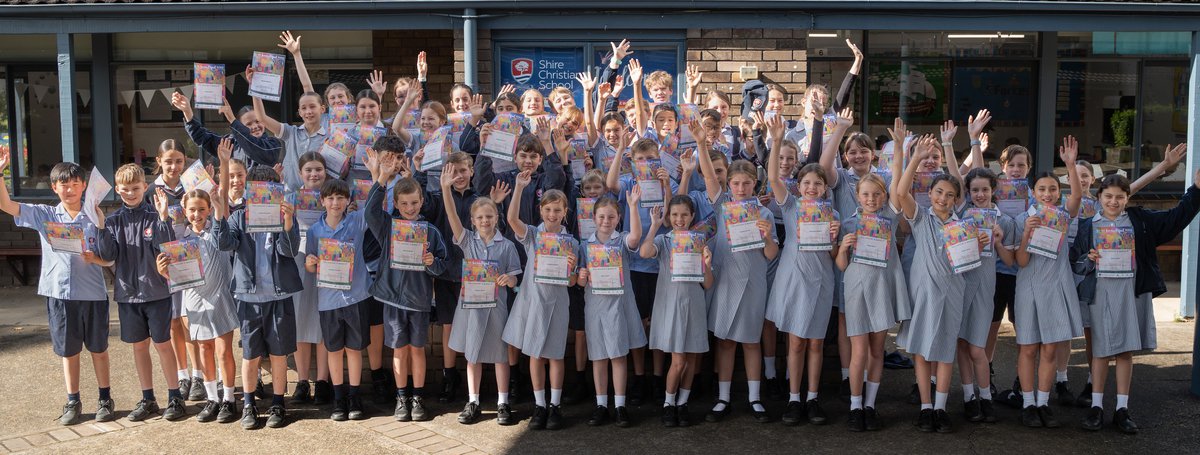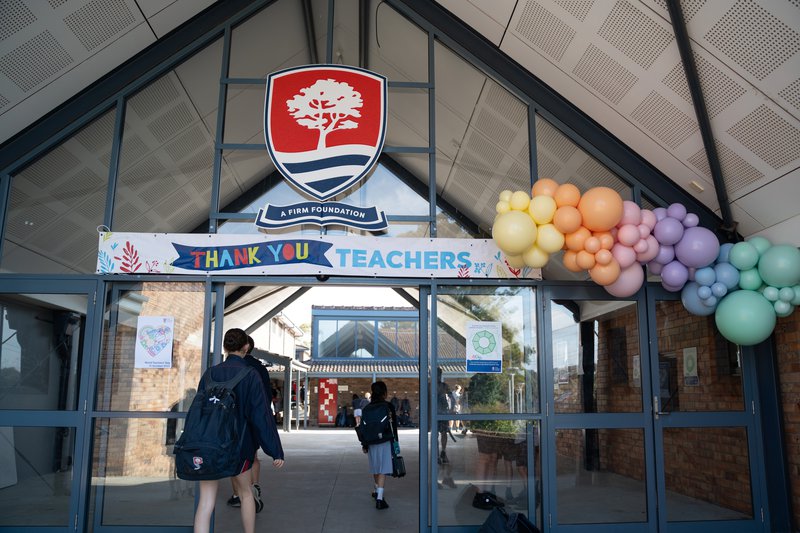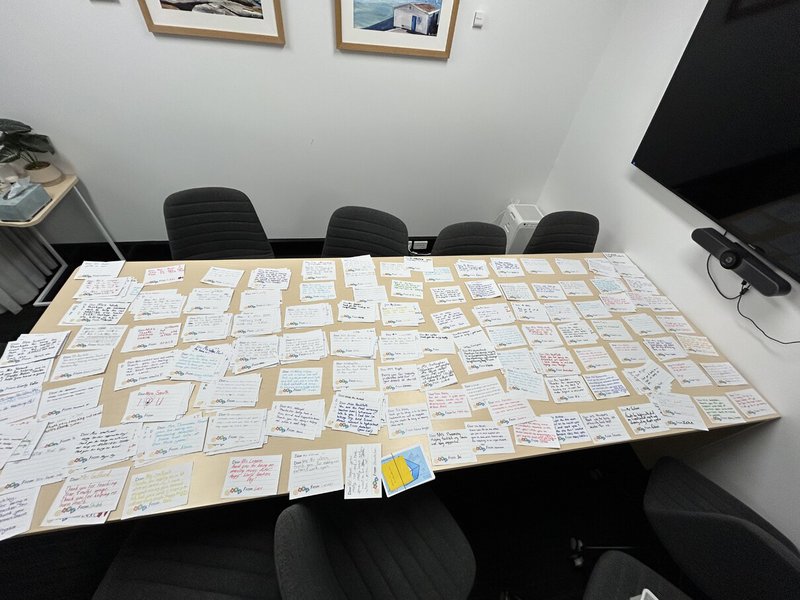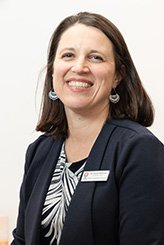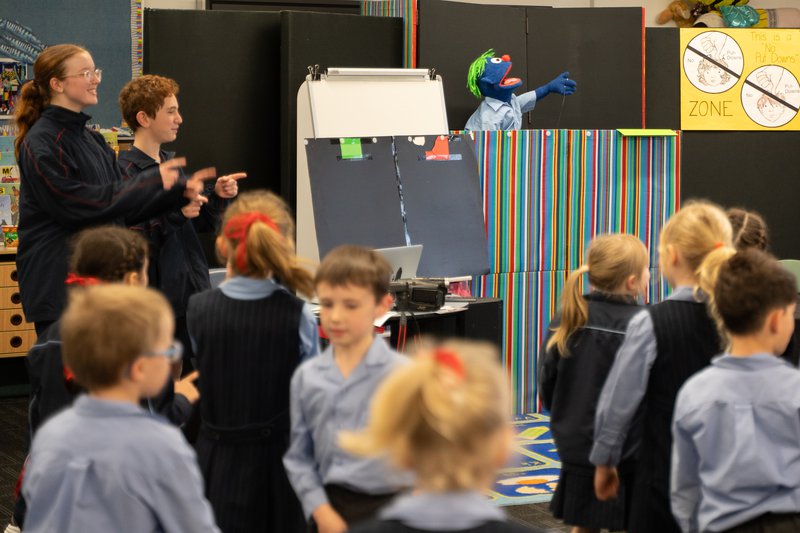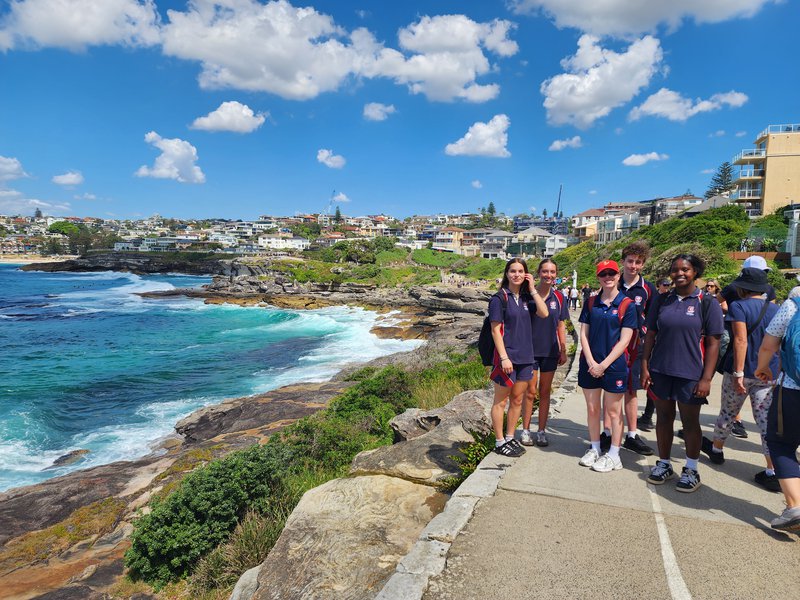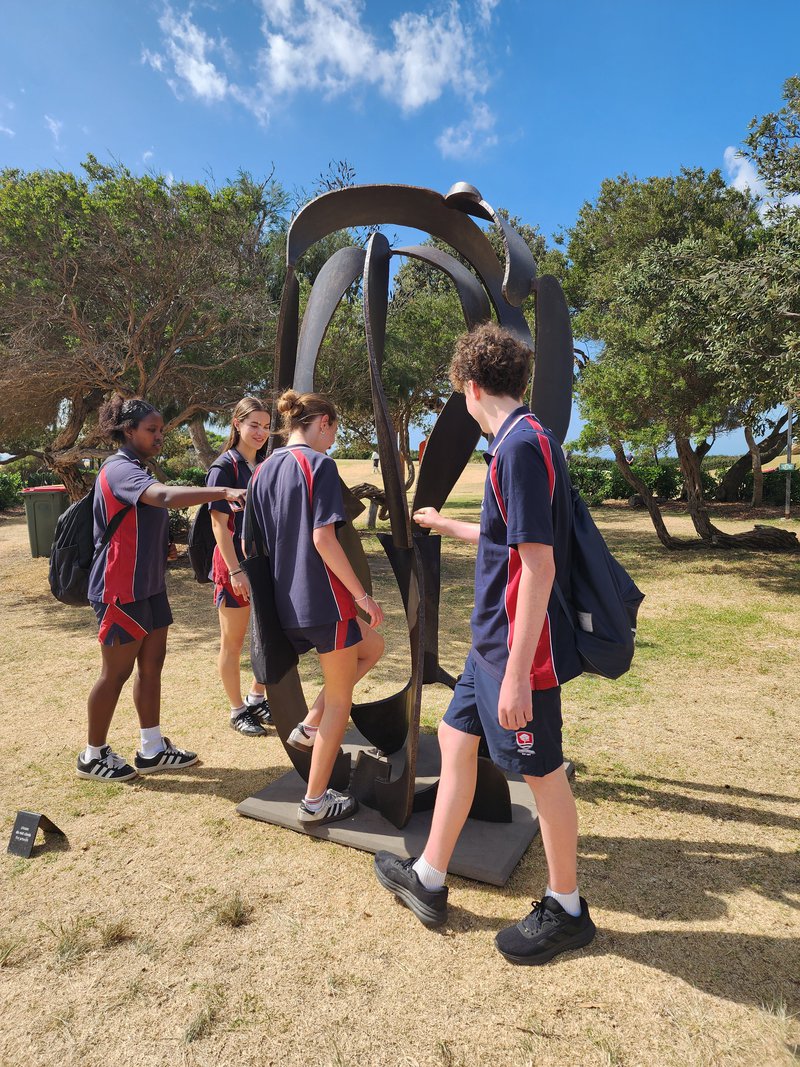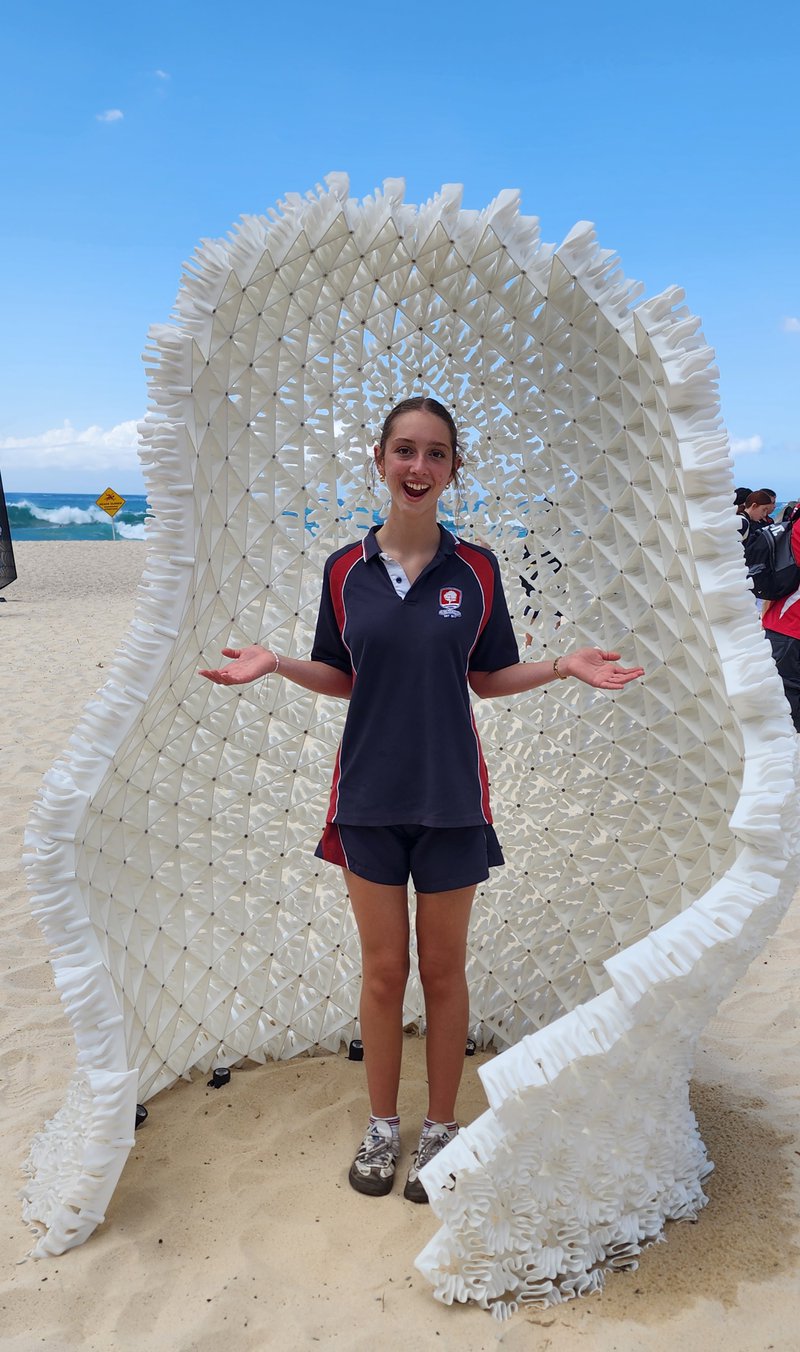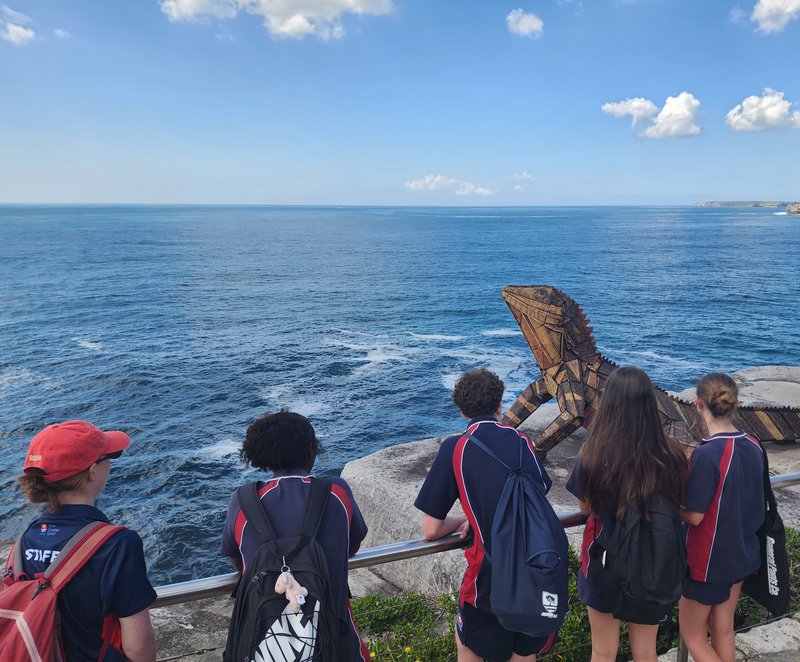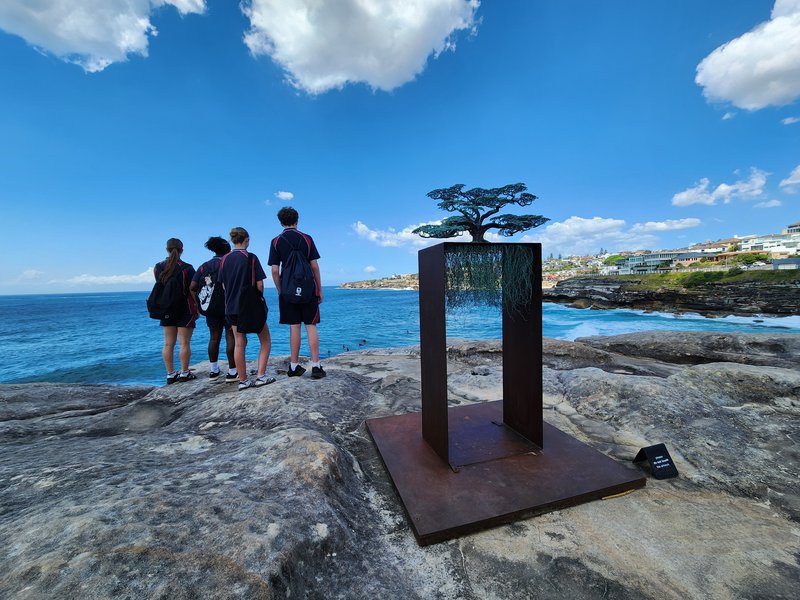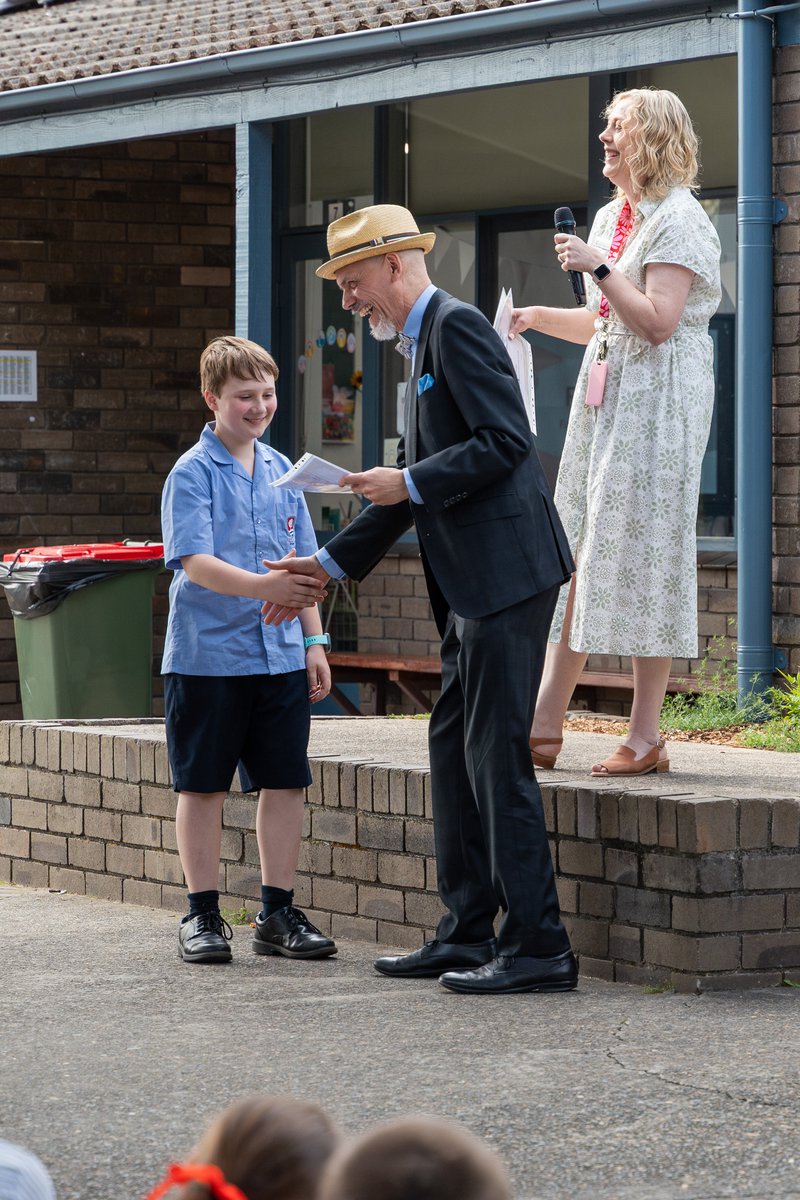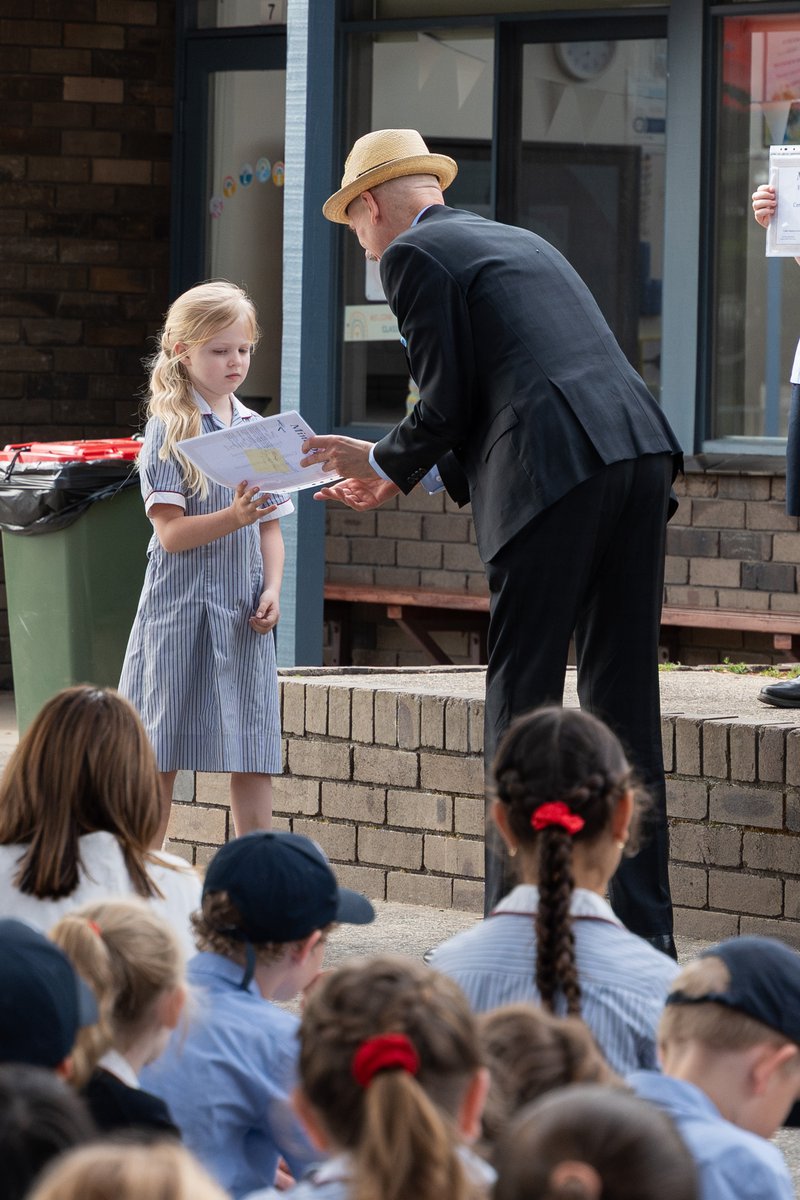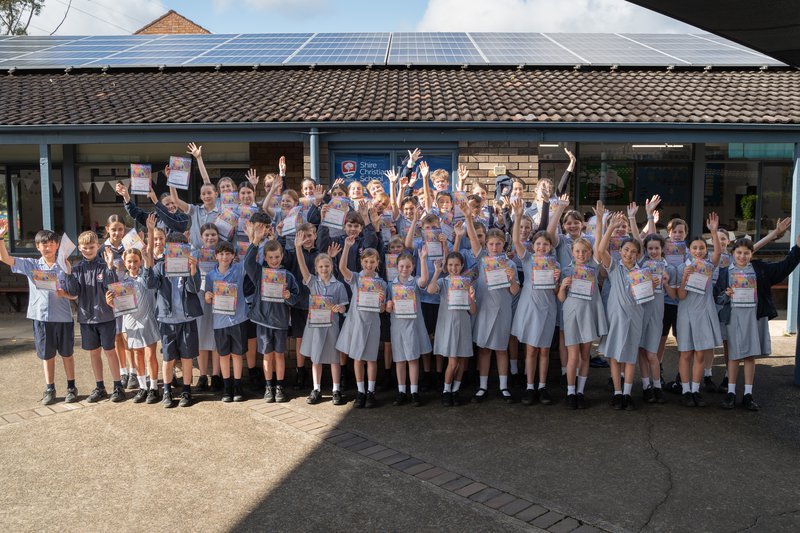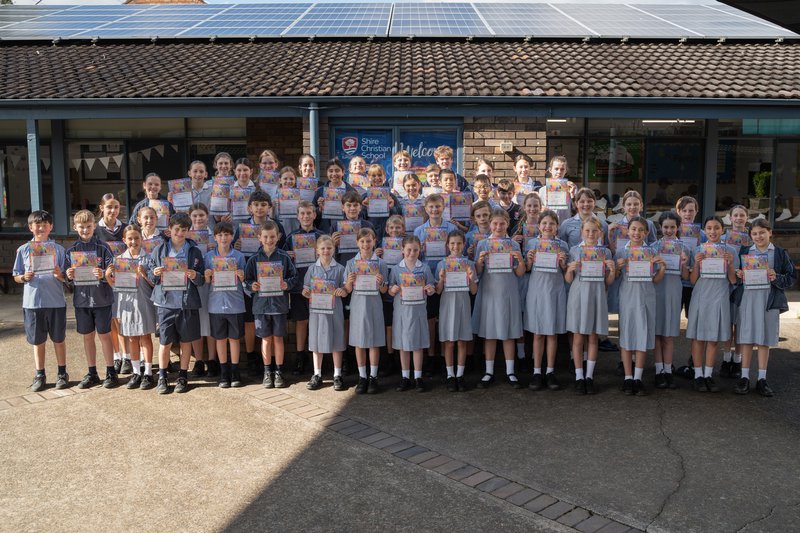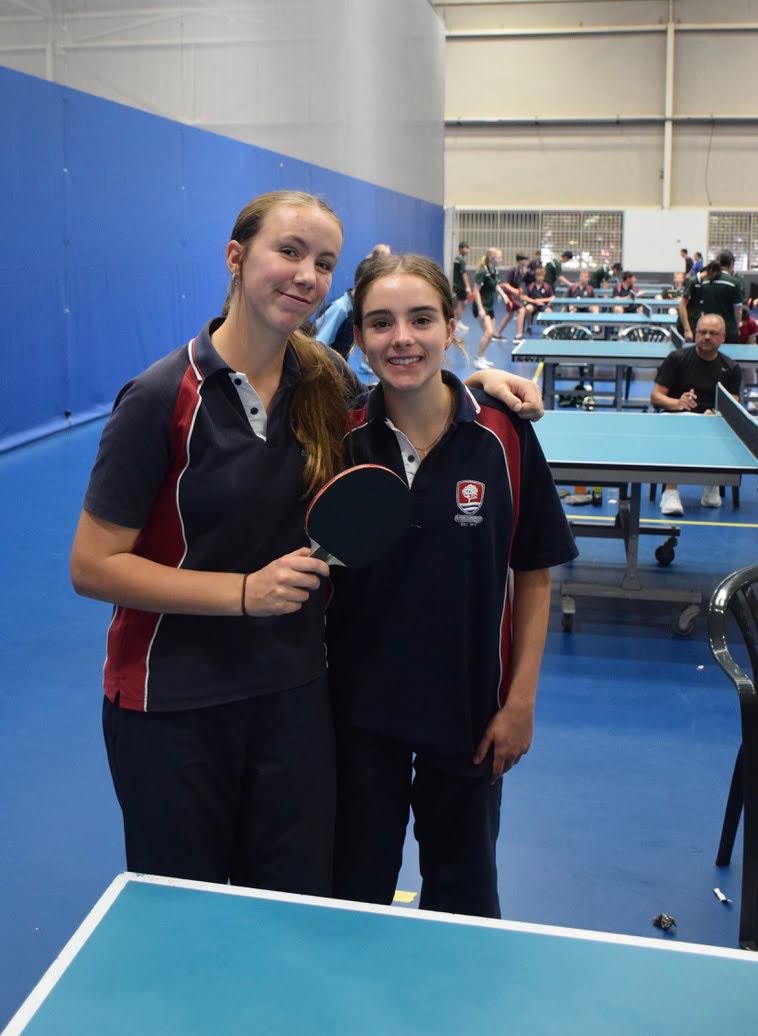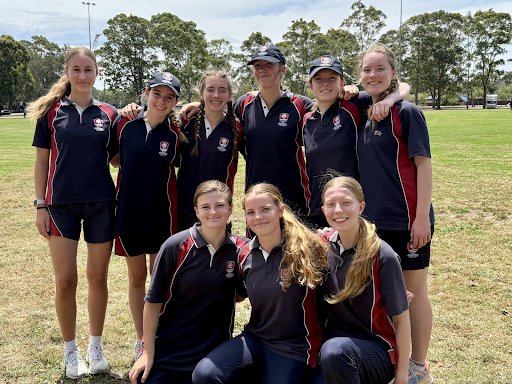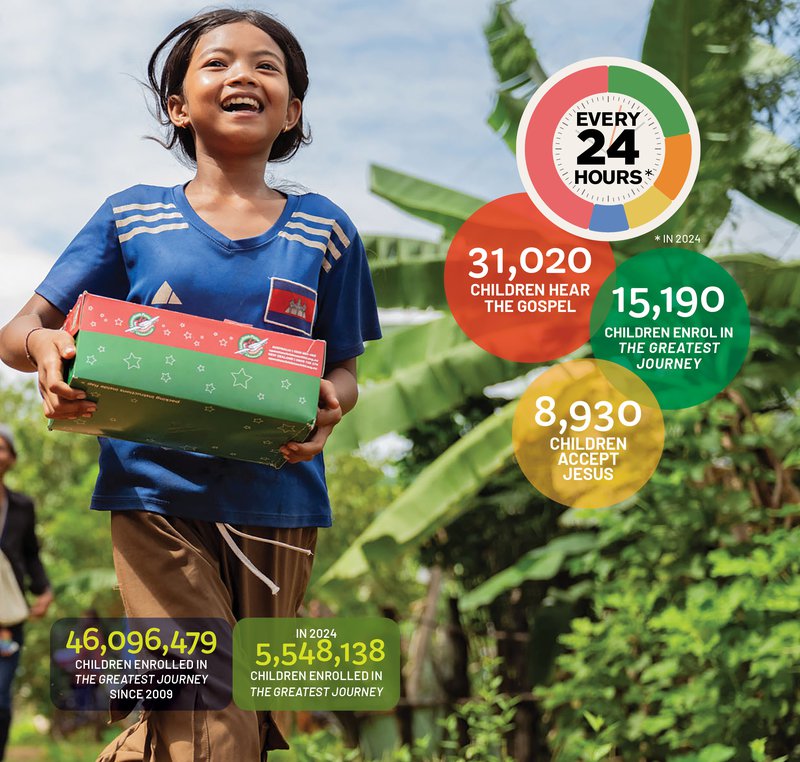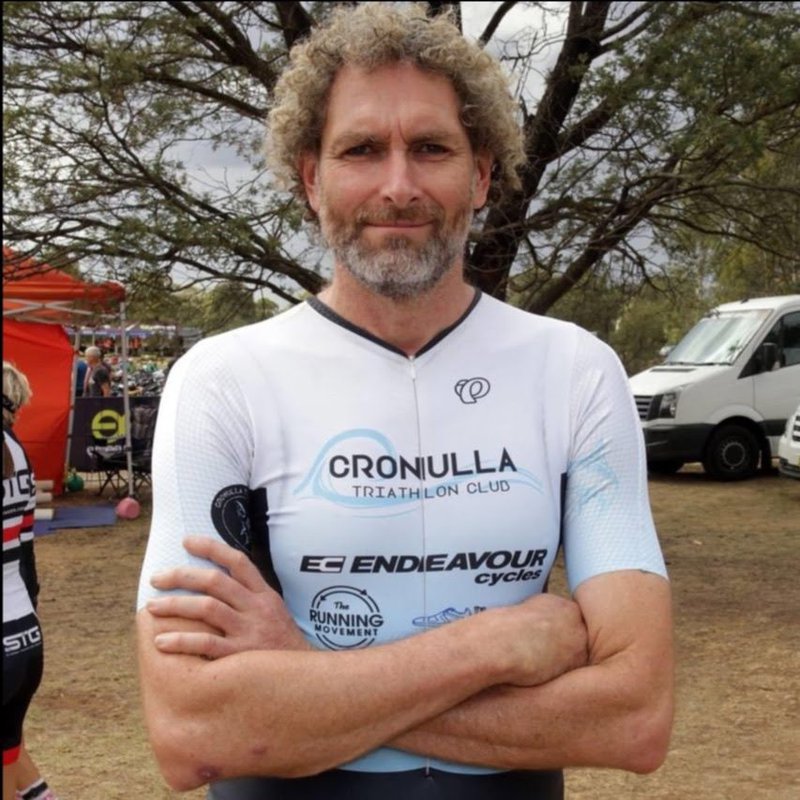
In the recent parent survey, we received the following comment: “What is the forecast for fees ... please don't tell us that it is all dependent on the amount of money flowing from the Federal Government.”
We are working on our fee forecasting; however, government funding remains the major driver of fees at our school, and I’d like to show you why. The table below is compiled from publicly available data on the MySchool website and shows the 19 CEN Christian schools in NSW:
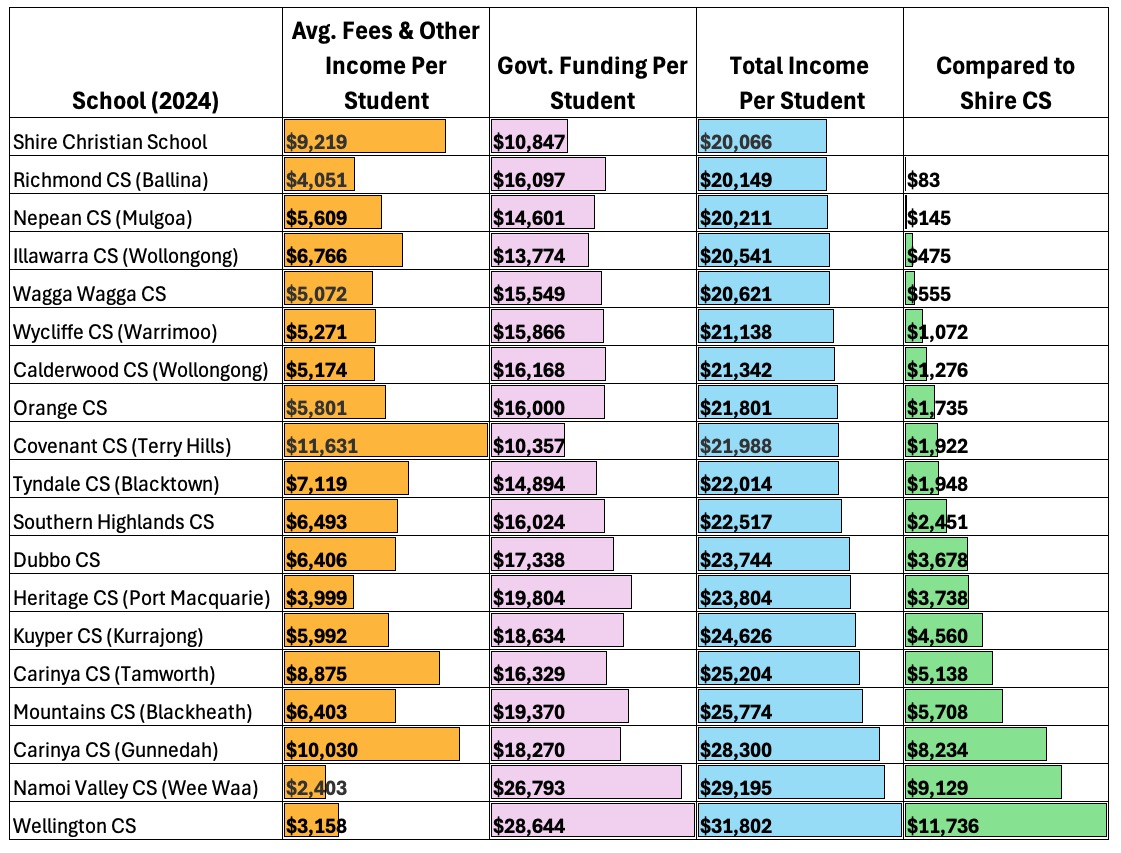
You can see that while all but two of the schools have lower fees than us, most of the schools are funded at significantly higher levels, meaning that even with lower fees, they still receive a higher overall income per student than Shire does. So, for example, despite Calderwood CS having significantly lower fees, they are taking in almost $1300 more per student than we are. With over 900 students in our school, that would amount to an additional one million dollars available for resourcing the organisation.
This puts us in the position of having the lowest per-student income available for teaching and learning of any CEN school in NSW. Equally revealing is the comparison with our neighbouring government school:

In contrast to media messages about private schools diverting taxpayers’ money from public education, Lucas Heights costs taxpayers twice as much as Shire, and is actually resourced at $1500 per student more than we are.
This data shows what an incredible job is being done at Shire to provide the range of educational offerings that we do. Our Christian teachers are passionate and invest deeply in each student. Our parent survey showed that 98% of parents’ expectations regarding Christian Education were exceeded or met. Over 90% of our parents told us that our facilities and co-curricular offerings meet or exceed their expectations. And while we continue to work on improving our HSC results, our graduating students consistently demonstrate that ATARs in the high 90s are achievable each year. I am proud of Shire Christian School's achievements and confident that our students graduate well-prepared for life beyond school.
We do all of this on less income than so many other schools, but with escalating operating costs and staff salaries, it is increasingly hard to maintain our services at these fee levels. I also know that many parents would like more subjects offered, more co-curricular and enrichment opportunities, and reduced class sizes; however, with fixed (and declining) government funding, the entire cost of these would have to be raised through school fees. For example, reducing K-6 class sizes by four students would cost close to $1 million, adding over $1,000 to the school fees of every child from K-12.
Non-government schools are funded based on a CTC score, which stands for “Capacity to Contribute”. The Department of Education sources income data from the ATO for all the school’s families to calculate how much it considers parents can contribute, based on their economic status. The funding is not dependent on what fees we charge or the cost of living or housing in the area, only on the taxable income of our parents. This document from the Department of Education shows the assessed median family income for each non-government school, with Shire Christian standing assessed at $195,000.
Historically affordable Christian schools such as Shire CS, St George CS and Covenant CS, which are situated in regions of Sydney with a higher CTC, are facing tough choices as our funding is reduced as a percentage of overall income. We are committed to running a financially efficient organisation wherever possible, and we are also mindful of a future in which we need to be less reliant on declining government funding. Please keep the Board and the school leadership in your prayers as we navigate this challenge to ensure that Christian Education in the Shire remains accessible and sustainable for generations to come, to the glory of God.
Mr David Stonestreet
Principal

